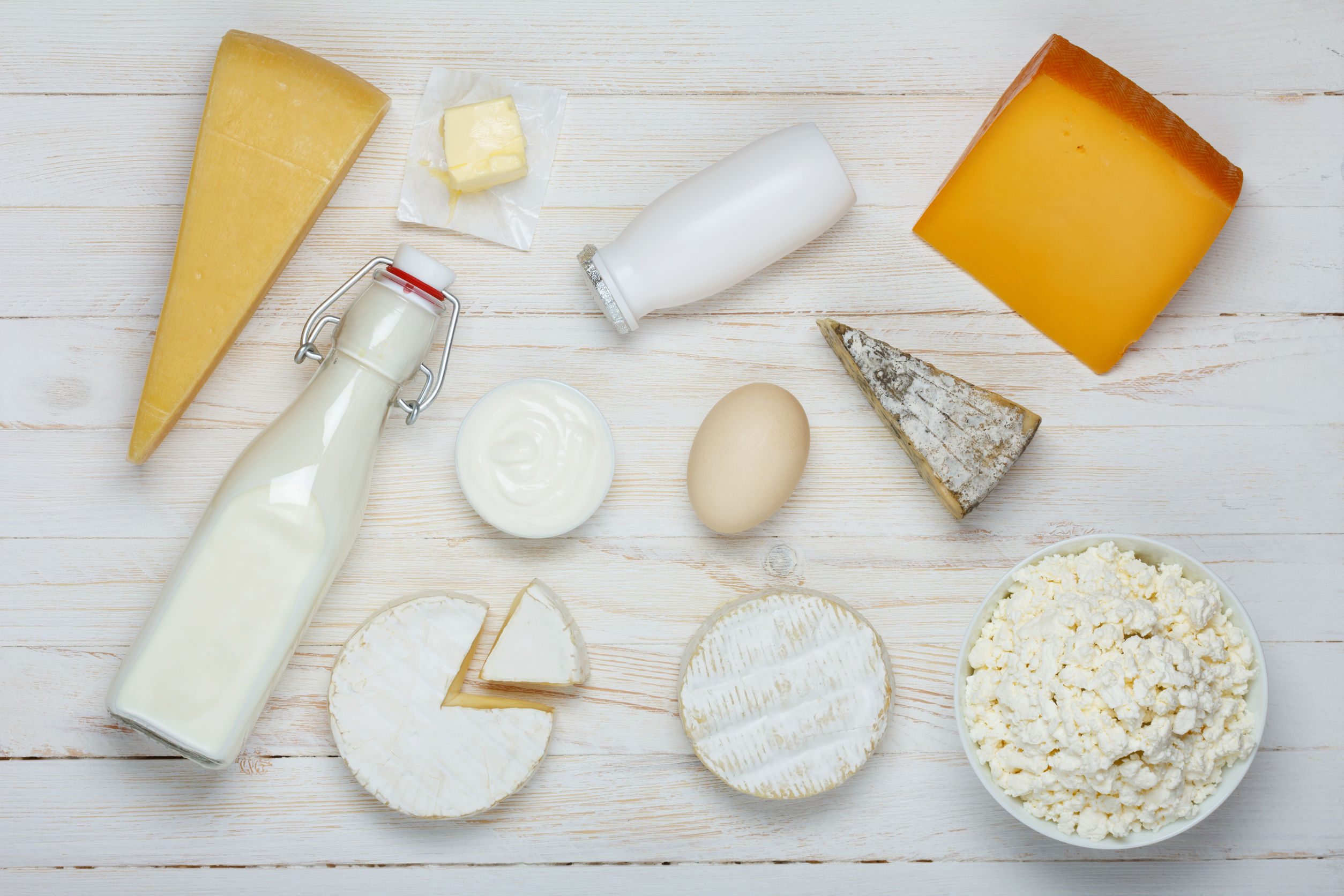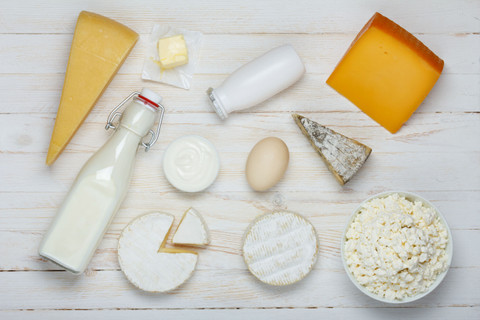What does DOSE mean? Which starter culture do I use?
Posted by The CheeseMaker on 3rd Apr 2016

What does DOSE mean? The dose is noted on some cultures to meet industry standards. A dose is not per gallon of milk, rather per weight of milk. Some culture packs are listed in grams which can be then divided to know how much to use for the amount of milk you are inoculating. Home and small artisan cheese makers can follow the usage rate on the packet once you receive it.
Which starter culture do I use? Cheese making is part science, part craft. Therefore if you are new to the craft, use the culture which is recommended on this web site or email me at steve(at)thecheesemaker.com. Sometimes there may be more than one recommended. You may want to experiment by adjusting your recipe (make sheet) and use a different starter culture. This way you can compare the flavor, acidity, texture of your cheese. Try not to change more than one variable at a time so you can determine exactly why your cheeses are different. Cultures, molds and yeasts are packaged in a moisture barrier sealed foil packets, keeping them free from air and humidity. After opening, fold over packet a few times and place in one, if not two small plastic bags or Zip-Lock type bags. Store dry cultures, molds, dry rennet powder / tablets in the freezer if you do not plan on using them for at least six months, otherwise store them in the refrigerator where they will have a shelf life of 18 months and more. Store liquid rennet in the refrigerator.
Important Note: When using any of the items listed on this page you should use the amount specified on the packaging, not in the recipe you may be using. Cultures, molds, rennets and additives vary in concentration per manufacturer.
IMPORTANT NOTE: Maintaining the integrity and shelf-life of freeze dried DVI (direct vat inoculation) lactic bacteria cultures: The use of the modern freeze dried Direct Set Cultures is very convenience for home and artisan cheese makers. No need to make a 'mother culture' or 'starter culture', unless you are a large producer and intend to inoculate a large amount of milk (1000-10,000 lbs.). Caring for them once you open the sealed foil packet is important to shelf-life and consistant batch making. If you will be using a small amount of culture for your batch, the following is very important. Your culture can be affected by humidity and airborne elements. If the sealed foil packet is kept in the freezer, it will last 1.5-2 years. Once opened, it is important to keep moisture from shortening the shelf-life of your culture. Some cultures are blends of up to four different lactic bacteria in specific proportions. Some cultures contain a single strain of lactic bacteria. With the latter, using a small amount of the product for a small batch is fine. The cultures that contain a blend of different lactic bacteria strains need extra attention. Before opening or if the packet is already opened, shake the packet well to mix evenly the different strains before taking a small amount from the packet. Do not use a utencil to mix the culture and do not empty the packet into another container to mix it up. After taking the small amount of culture from the packet, fold the foil packet up a few times and place inside a small sealed Zip Lock style plastic bag, placing it inside another small Zip Lock style plastic bag. This will help to insure that outside humidity and airborne elements will not shorten the shelf-life or contaminate your culture.
Kosher Certifications: Kosher certifications from the manufacturer can be viewed under each product listing.
Repackaged Kosher Certfication: Click here for certification.
Click here to see Danisco's Inoculants Wisconsin DOA-Health Certificate.

